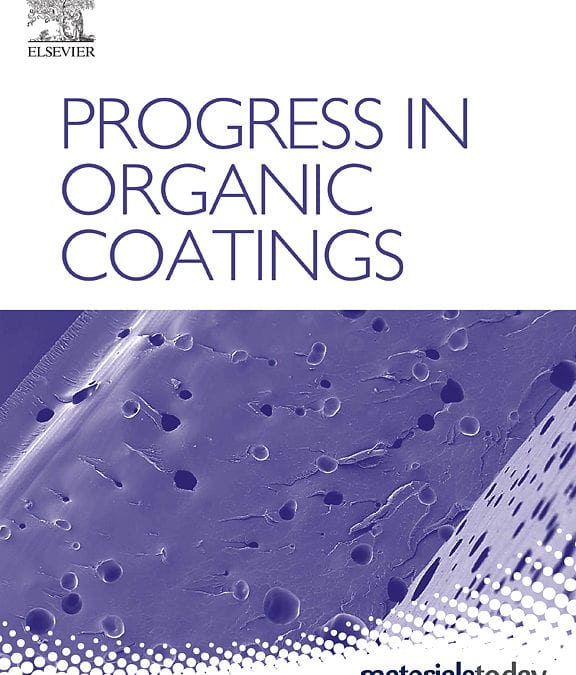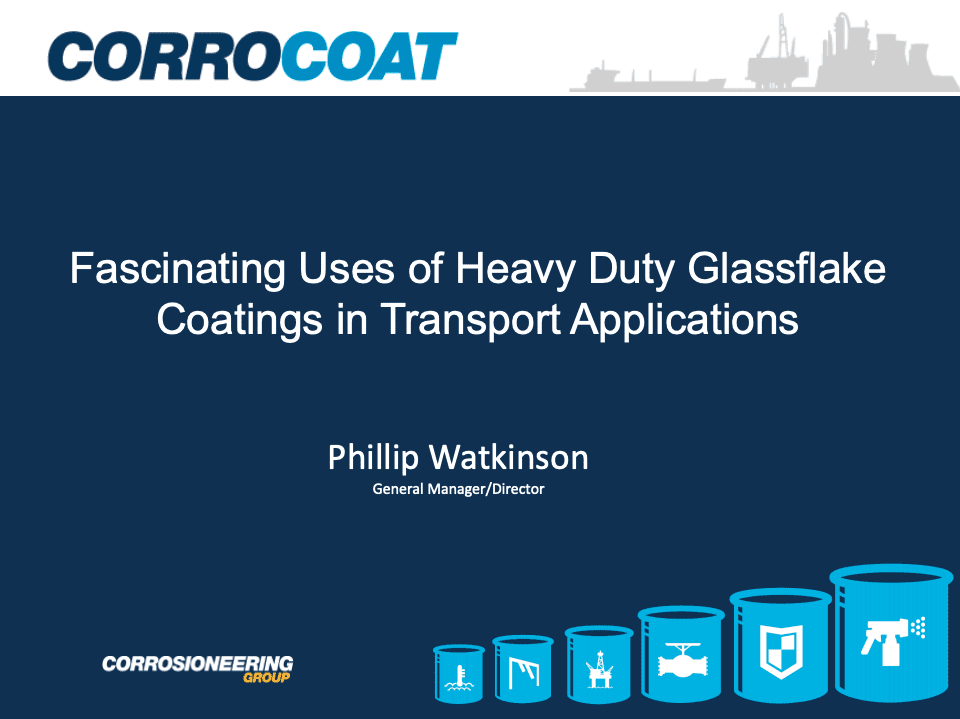
Latest News
ISO
The following documents have obtained substantial support during the past two months and have been submitted to the ISO member bodies for voting, or formal approval.
ISO/FDIS 1463 Metallic and oxide coatings — Measurement of coating thickness — Microscopical method (Revision of ISO 1463:2003)
ISO/FDIS 3613 Metallic and other inorganic coatings — Chromate conversion coatings on zinc, cadmium, aluminium-zinc alloys and zinc-aluminium alloys — Test methods (Revision of 2010 standard)
ISO/FDIS 4518 Metallic coatings — Measurement of coating thickness — Profilometric method (Revision of 1980 standard)
ISO/DIS 9712 Non-destructive testing — Qualification and certification of NDT personnel (Revision of 2012 standard)
ISO/DIS 12696 Cathodic protection of steel in concrete (Revision of 2016 standard)
ISO/DIS 21809-2 Petroleum and natural gas industries — External coatings for buried or submerged pipelines used in pipeline transportation systems — Part 2: Single layer fusion-bonded epoxy coatings (Revision of 2014 standard)
ISO/FDIS 28199-1 Paints and varnishes — Evaluation of properties of coating systems related to the spray application process — Part 1: Vocabulary and preparation of test panels (Revision of I2009 standard)
New international standards published during the past two months.
ISO 8407:2021 Corrosion of metals and alloys — Removal of corrosion products from corrosion test specimens
ISO 15663:2021 Petroleum, petrochemical and natural gas industries — Life cycle costing
ISO 22848:2021 Corrosion of metals and alloys — Test method for measuring the stress corrosion crack growth rate of steels and alloys under static-load conditions in high-temperature water
ISO 23123:2020 Corrosion control engineering life cycle — General requirements
ISO 23221:2020 Pipeline corrosion control engineering life cycle — General requirements
ISO 23222:2020 Corrosion control engineering life cycle — Risk assessment

Industry News
An epoxy-amine coating exhibited high impedance after 30 days of NaCl immersion. Even artificially damaged epoxy-amine coatings displayed satisfactory performances.
In the present work, scientists used a tetrafunctional epoxy-amine resin as a coating for mild steel and used electrochemical impedance spectroscopy (EIS) to investigate its protection performance in a 3.5 wt % NaCl solution. The results indicate that the coating was able to resist corrosion and maintain a very high impedance modulus for more than 30 days of continuous exposure to the NaCl solution.
Different resistance behaviours, as indicated by EIS, were observed for the coatings with artificially introduced damage. The coating also showed high thermal resistance and good adhesion to mild steel surfaces.
The study was published in Progress in Organic Coatings, Volume 151, February 2021.

Corrosion Engineering Division, Uncategorized
Corrosion Engineering Divison Day 2020
Due to the unprecedented COVID 19 pandemic, the 2020 Corrosion Engineering Division day was held virtually. Below you can watch and download the presentations.
Unfortunately due to technical issues this presentation could not be recorded.

Industry News
The anticorrosive behaviour of an epoxy coating modified with hydrophobic nano-silica on phosphated carbon steel was the subject of a new study.
According to the researchers, the anticorrosive performance of an epoxy coating is significantly improved when hydrophobic nano-silica is added to an epoxy matrix, adding hydrophobic nano-silica can effectively increase the diffusion path of water-soluble corrosive media through the coating film. The modified epoxy coatings presented good hydrophobicity, good thermal stability at 250 °C with only about 3 % weight loss.
The study was published in Progress in Organic Coatings, Volume 151, February 2021.

Industry News
A recent report describes the importance of varying the ratio of conventional flame-retardant additives and the scale of testing on the thermal and flammability/fire performance, of acrylic-based coatings.
Ammonium polyphosphate (APP) acid source, pentaerythritol (PER) carbonising agent, and expandable graphite (EG) blowing agent were used in intumescent coatings at various ratios. 1:1:3 or 1:3:1 or 3:1:1. Despite the different roles of APP, PER, and EG, in all the compositions, the physical mechanism of exfoliation of graphite played an important role in offering the fire protection.
With higher loadings of EG, the fire-resistance time was higher. However, there were clear differences in the protection extent when tested in a furnace under one-dimensional heat transfer conditions (bench-scale) as opposed to three-dimensional large-scale testing. Parameters that are not intrinsic to the coating system like char cohesion, cracking, delamination from the substrate, rapid and non-directional expansion, and even higher heat fluxes experienced by the edges of the I-steel section however all affect the fire performance.
This study was published in Progress in Organic Coatings Volume 150, January 2021.





